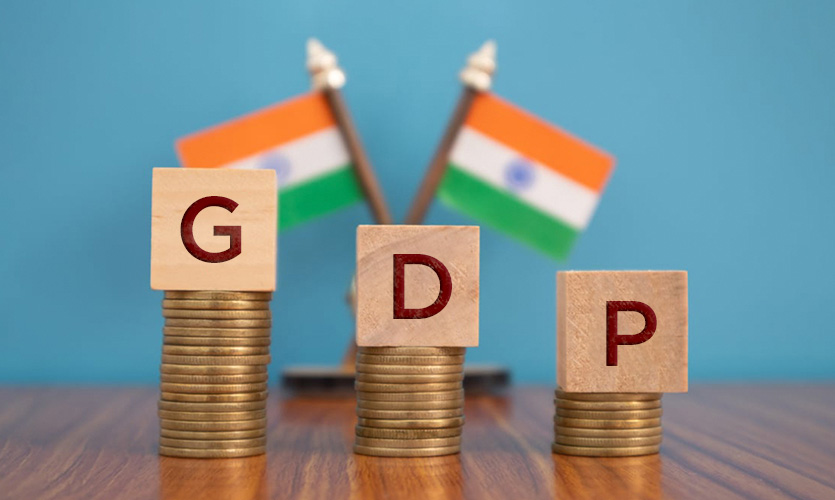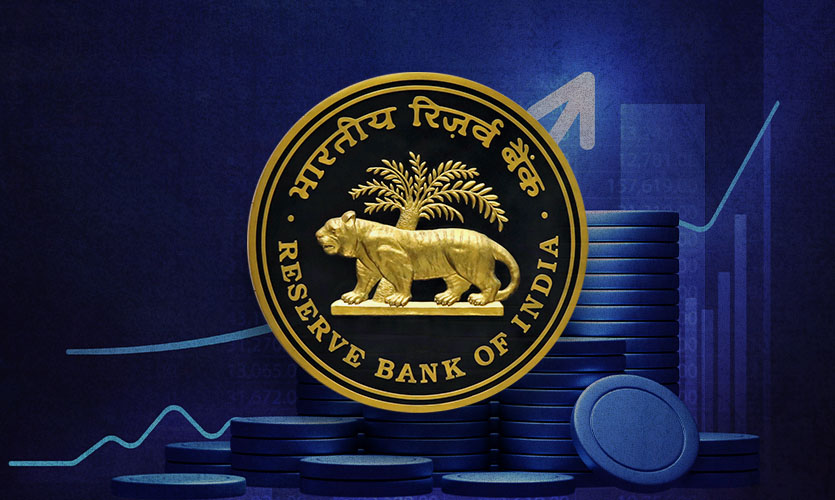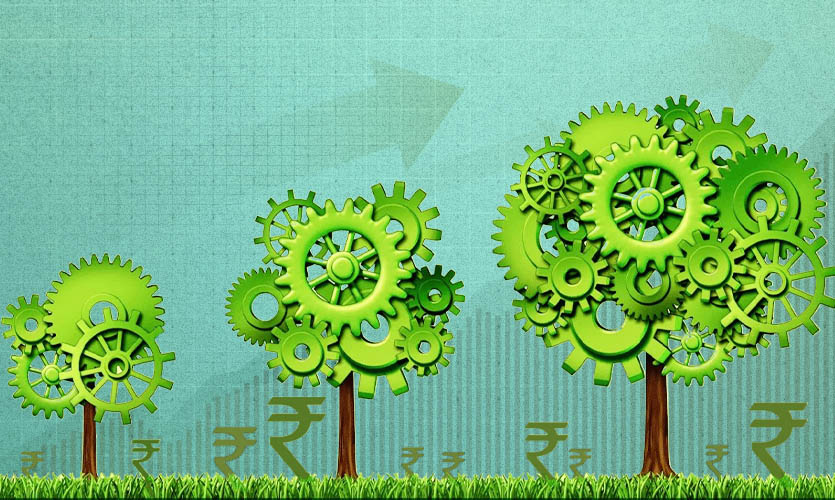During the July-September quarter, the Indian economy grew at 6.3 percent, down from 13.5 percent in the previous quarter, as distortions caused by the COVID lockdowns faded but the Reserve Bank of India raised repo rates to combat inflationary pressure.
As per the official data revealed on Wednesday, India’s gross value added (GVA) growth was also significantly lower at 5.6 percent, compared to 12.7 percent in Q1.
In the July-September quarter of last year, India’s GDP grew by 8.4 percent. Data on the quarterly estimates for the July-September period of the current financial year were released by the National Statistical Office (NSO), under the Ministry of Statistics and Programme Implementation.
India’s growth rate for the second quarter of the 2022-23 financial year surpassed the 6.2 percent forecast by economists. Agriculture and manufacturing sectors expanded in the first quarter of this year, according to the data. Apart from agriculture, the growth rates for almost all other segments of economic activity were lower than expected. Since the uneven rainfall had negatively affected cereals, oilseeds, pulses and other staples, the agriculture sector grew at a higher-than-trend rate of 4.6 percent.
Although slightly lower than estimates, the service sectors grew mostly as expected. One of the best performers was the ‘Trade, Hotels, Transport and Communications’ segment, which grew at 14.7 percent YoY. Travel in particular has resumed anecdotally, notably in the months leading up to the holiday season. However, construction activity remained subdued, in part due to the rains, slower state government spending, and delays in payments.
A moderate amount of activity was also recorded in the ‘Public Administration, Defence, and Other Services’ industry (6.5 percent). It is presumed that growth in the ‘Other Services’ component (56 percent of this larger segment in FY 18) was weaker than in public administration; these include all services provided by (mostly smaller) enterprises for multiple repairs and professional services for households and micro and small businesses.
The manufacturing sector, however, showed an actual weakness with a steep contraction of 4.3 percent (after a gain of 4.8 percent in Q1), despite a relatively favourable base effect in Q2. This is supported by growth in the Index of Industrial Production (IIP), which increased by an average meagre 1.5 percent in Q2, after increasing by 13 percent YoY in Q1. It’s important to comprehend this in more detail. Given that the mining industry also had a 2.8 percent decline, some of the declines may be attributed to a limited supply of ores and minerals, particularly coal. The deeper narrative, however, might involve a moderating of demand and consumption, given that stocks would have likely risen in September, ahead of the festival season in October. Despite the fact that more luxury consumer durables and FMCG sales are doing well, we have heard of sluggish rural demand and lower-income urban households.
Merchandise exports may have also contributed to the weakness. Compared to Q1, total exports had grown by 25 percent YoY in Q2, down to an average of 3 percent. The slowdown in core exports was even greater without petroleum products; -1.5 percent compared with +14 percent in Q1. While some of this can be attributed to selective export controls, export duties on steel and other commodities, windfall taxes, and so on, the larger story is the gradual slowdown of developed economies, some of which are major export markets.
As the federal government increased spending on infrastructure, including roads and railways, capital expenditures increased by more than 40 percent. Agriculture output increased by 4.6 percent, manufacturing output fell by 4.3 percent, and construction output increased by 6.6 percent in a year.
There will be a 16.2 percent growth in nominal GDP or GDP at current prices in Q2 FY23 as compared to Q2 FY22, with a growth rate of 56.20 lakh crore last quarter.
As reported in the GDP release, exports grew 11.5 percent in Q2, while imports grew by 25 percent (these include both the merchandise and services trade, which has held up quite well). Despite the largely withdrawn duties and controls, October merchandise exports declined by 17 percent, signalling deeper pain.
This was from the side of the output. Taking a look at the Q2 growth profile from the demand side, private consumption held up fairly well at 9.7 percent YoY, but government consumption contracted 4.4 percent, bringing overall consumption expenditures to 7.7 percent (vs 21.3 percent in Q1). Despite a decrease from 20 percent in Q1, fixed investment remains quite strong (10 percent, although down from 20 percent in Q1), which is critical for both FY23 and FY24, as well as for the medium term.
It is also important to note that inventories continued to be drawn down, probably clearing factory and dealer stocks, which is good for production prospects in the near term.
A respite from the front-loaded tightening of monetary policy is also expected in the quarters ahead as WPI inflation moderates further from 27 percent in Q1 to 16 percent in Q2.
Read more: India Stands Out While Major Nations Face Economic Downturn










